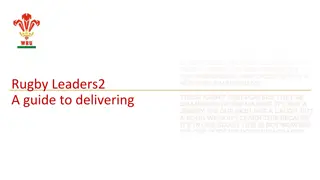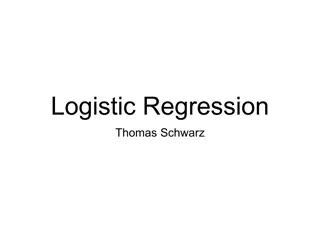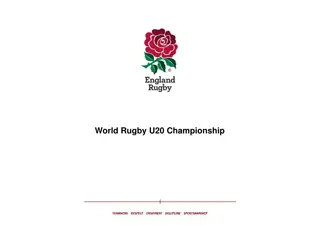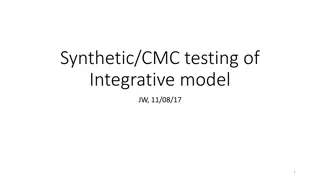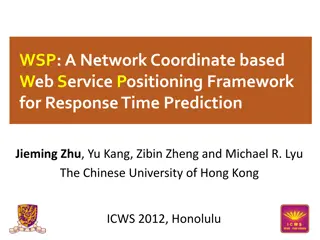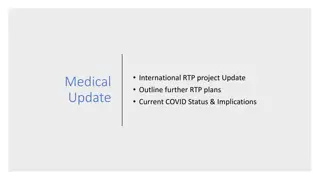Rugby Win/Loss Prediction Models Based on Data Analysis
Utilizing a combination of provided and outside data, models were built to predict win/loss outcomes and point differentials in rugby matches. Key predictors included team sleep hours, fatigue, temperature, and precipitation. The models achieved high accuracy rates, with potential to benefit women's 7s rugby team. More game data could lead to even higher accuracy.
Download Presentation

Please find below an Image/Link to download the presentation.
The content on the website is provided AS IS for your information and personal use only. It may not be sold, licensed, or shared on other websites without obtaining consent from the author. Download presentation by click this link. If you encounter any issues during the download, it is possible that the publisher has removed the file from their server.
E N D
Presentation Transcript
Predicting Win/Loss in Rugby TROY BROCAW, WYATT GREGORY, NICK WAHL
Motivation We wanted to get the full picture on what affects the outcomes of the rugby matches so we sought out data that would compliment the wellness data provided and allow us to better predict wins/losses. To accomplish this we created two separate models, one that predicts the win/loss outcome and another that predicts the estimated point differential. After we built our models, we experimented with different combinations of our variables to find the combination that gave us the highest percent of accurate predictions.
Data Used Outside Data Game time temperature, humidity, and precipitation (Sourced from NOAA) Altitude of Stadium played in (Sourced from USGS) Canadian women s team ranking, opponents ranking (at time of each match), and the time the game started (Sourced from World Rugby) Data Provided Average team fatigue on day of game, average team members hours of sleep the night before games, wins/losses, location of game, point differential, average team USG day of the games, date of games, and opponents.
The Models Win/loss prediction model Classification using a ridge model with the variables: tournament location, altitude, opponent, opponent s strength, team average hours of sleep before game, average team fatigue, average team USG, temperature, humidity, and precipitation The model was able to predict 30 of the 38 outcomes correctly Point differential prediction model Modeled the point difference using a ridge model with the variables: altitude, opponent strength, points scored, points allowed, average hours of sleep before game, average team fatigue, average team USG, temperature, humidity, precipitation, and time/date The model was able to predict the correct sign of the point differential for 25 of the 38 games
Conclusion The data provided was important for accurately predicting wins/losses and point differential by themselves. However, the addition of the outside data allowed the model to predict at a higher rate of success than if only the provided data was considered Within the models, the most important predictors were team average hours of sleep before game, average team fatigue, temperature, and precipitation. We were limited by the small number of observations and we feel if there was more games recorded we could predict with higher accuracy We are confident that our wins/losses model could benefit the women s 7 s team given its 79% accuracy







